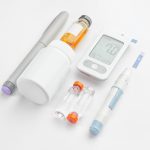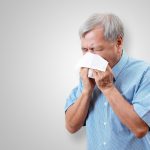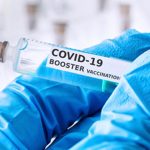
Another diabetes drug maker is taking legal action against businesses in several states, alleging that they’re “fraudulently claiming” that their compounded products are the same as its medication. This time, it’s Eli Lilly suing certain medical spas, wellness centers and compounding pharmacies over its medication Mounjaro. Mounjaro contains the active ingredient tirzepatide and is approved by the U.S. Food and Drug Administration to treat type 2 diabetes. The lawsuits, filed Tuesday, are meant to stop the other companies from “the unlawful marketing and sale of non-FDA approved compounded products.” “Lilly filed this lawsuit to protect patients,” the company said in a statement issued Tuesday. “Lilly cannot validate the safety or effectiveness of products claiming to contain tirzepatide that are not our own branded product.” The company sells Mounjaro only in prefilled single-dose pens. “These entities should be stopped from providing drug products in violation of consumer protection laws, particularly where they promise their patients that their drugs offer the same safety profile and clinical benefits as Mounjaro,” the statement added. In June, Novo Nordisk sued businesses for making compounded versions of semaglutide, which is used in its type 2 diabetes drugs Ozempic and Rybelsus. The medication is also used to treat obesity under the brand name Wegovy. In its cases, Novo Nordisk has asked the companies “to cease and desist from false advertising, trademark infringement… read on > read on >





























-300x200.jpg)







-300x169.jpg)
